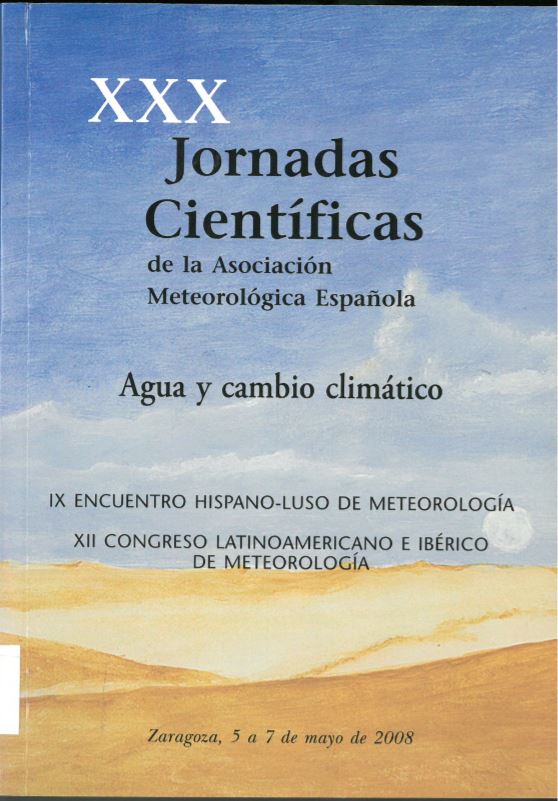Estudo de sensibilidade das previsões de superfície em Portugal pelo WRF face à variação das parametrizações físicas
Resumen
An experiment with WRF atmospheric modeling system (ARW-v2.2) was undergone aiming to test the effect of several physics parameterizations in surface wind, temperature and water vapor mixing ratio simulations. Based on point to point validation, our work has been focused on 7 weather stations over Portugal with observations taken from 4 days of unstable atmospheric conditions for each month of 2006. The sensitivity study comprised 24 combinations of the schemes for microphysics, short-wave radiation, planetary boundary layer, surface layer and cumulus parameterization. The corresponding mean and root mean square errors were evaluated for each quarter as functions of the forecasting time up to 48 h. Results are demonstrative of a strong influence of daylight and season both in error magnitudes and their differences, and of the interaction between different processes. Nevertheless, we found that the surface layer scheme along with planetary boundary layer scheme plays a major role in the skill of the surface wind speed forecasts during the cold seasons at all times of the day.Citas
Bohren, C. F., Albrecht, B. A., 1998: Atmospheric thermodynamics. Oxford University Press.
Dudhia, J, 2005: The Weather Research and Forecast model version 2.0: Physics update. WRF/MM5 User´s Workshop – Jun 2005; [Disponível em http://www.mmm.ucar.edu/wrf/users/workshops/ ]
Dudhia, J., 2007: The Weather Research and Forecasting Model: 2007 annual update [Disponível em http://www.mmm.ucar.edu/wrf/users/workshops/ ]
Gilliland, E. K., Rowe, C.: A comparison of cumulus parameterization schemes in the WRF model; [http://ams.confex.com/ams/pdfpapers/120591.pdf ]
Murphy. A. H., Brown. B. G., Chen, Y-S., 1989: Diagnostic verification of temperature forecasts. Wea. Forecasting, 4, 485-501.
NCAR/TN-468+STR, 2005: A description of the Advanced Research WRF Version 2. Mesoscale & Microscale Meteorology Division, National Center for Atmospheric Research , Boulder, Colorado, U.S.A., Jun. 2006; [Disponível em http://www.mmm.ucar.edu./wrf/users/ ]
Pielke, Sr., R. A., 2002: Mesoscale meteorological modeling. Academic Press.
Skamarock, W., 2005: Why is there more than one dynamical core in WRF? A technical perspective; [http://www.mmm.ucar.edu/people/skamarock/one_core_ 2005.pdf ]
Smirnova. T, Brown J., Benjamin, S., 2005: Evaluation of the RUC-initialized WRF for its application in the Rapid Refresh at NCEP. WRF/MM5 User´s Workshop - June 2005; [Disponível em http://www.mmm.ucar.edu/mm5/workshop/workshoppapers_ws05.html ]
WRF (ARW ) Version 2 Modeling System User´s Guide. Mesoscale & Microscale Meteorology Division, National Center for Atmospheric Research , Boulder, Colorado, U.S.A., Jan. 2007; [Disponível em http://www.mmm.ucar.edu./wrf/users/

